Industrial dust collectors
Industrial cartridge dust collectors for standard applications
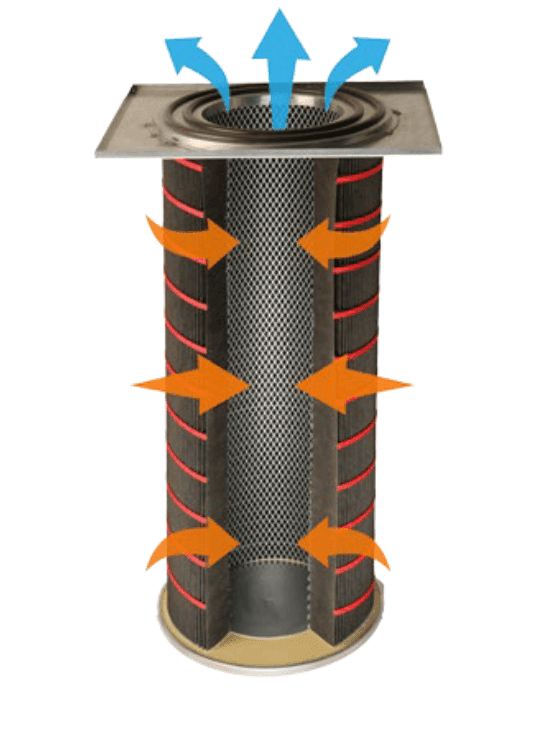
Industrial cartridges dust collectors for specific applications
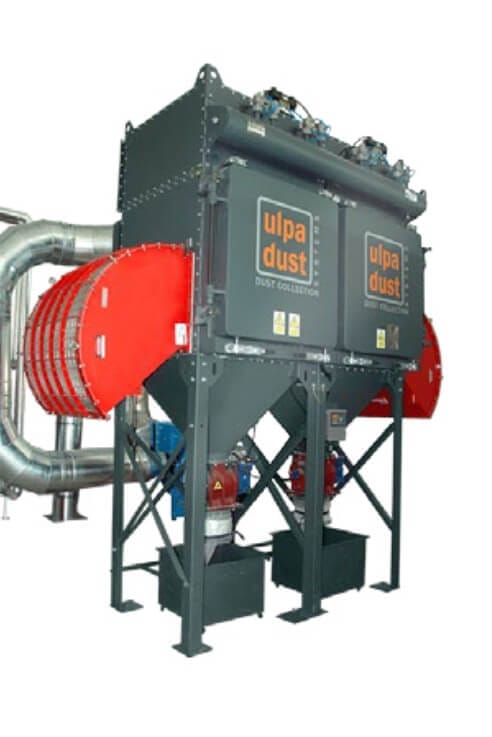
Industrial cartridge dust collectors for fumes and mists
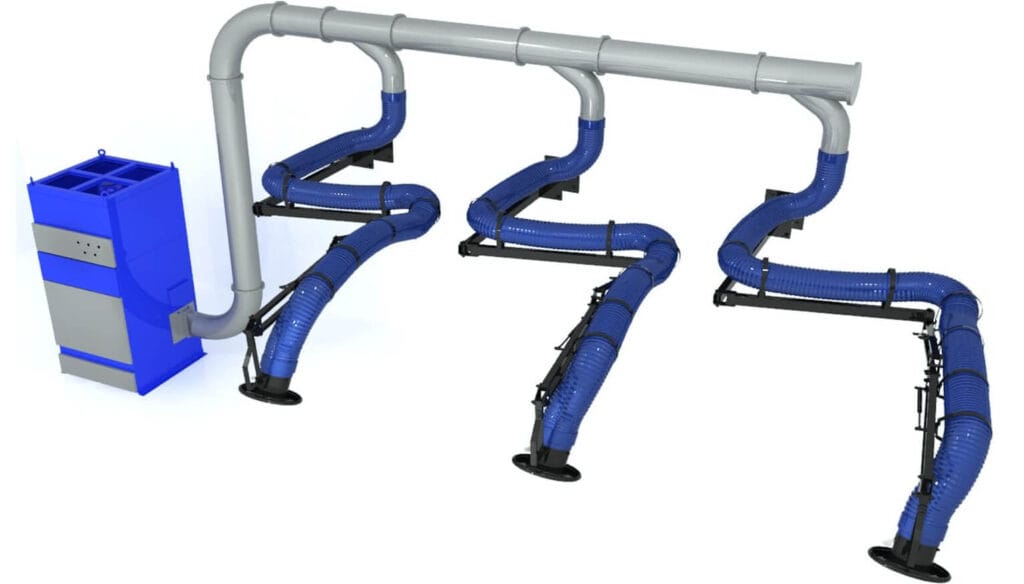
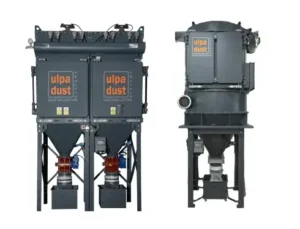
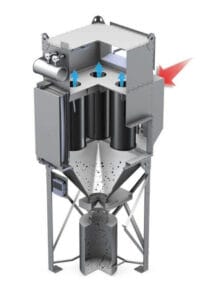
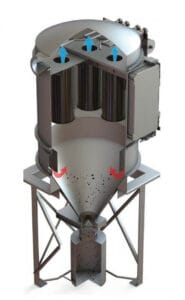
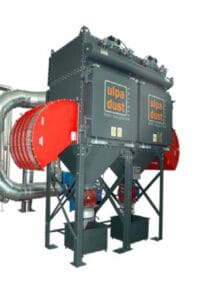
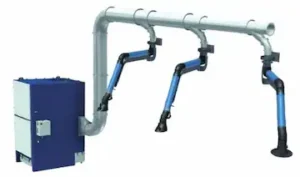
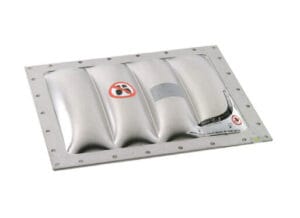
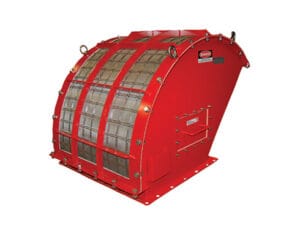

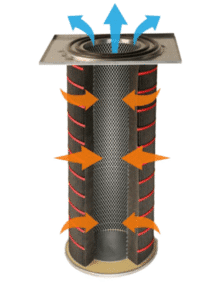
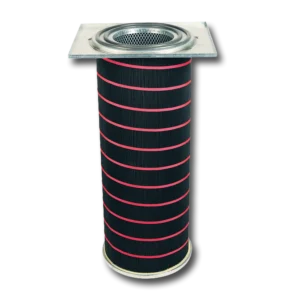
Adaptability to process and customer requirements
We design our dust collection systems in accordance with industry standards, and with the specifics of individual applications, such as the type of dust, air flow rate calculation, fan selection, hood and duct sizing and positioning, dust collection unit sizing, dust collection efficiency. In accordance with customer requirements, we also address issues such as recovery, abrasion, ATEX compliance, and integration with control systems.
The importance of dust collection
Air dedusting involves the capture and removal of dust particles from the air, using specialized equipment – dust collection systems. These systems are used in a variety of industrial applications, including manufacturing, construction and mining, to remove dust, fumes and other contaminants from the air. This process is essential for maintaining a clean and safe environment, especially in industrial settings where significant amounts of dust can be generated, which can pose a health and safety risk, as well as affect the condition of equipment and product quality. Dust can also be harmful to the environment. Effective dust collection not only improves air quality, but also reduces the risk of respiratory problems and other health problems associated with exposure to dust.
Types of dust collectors
The type of dust collector used depends on the nature and amount of dust being collected, as well as the specific requirements of the application. The most common types of dust collectors are:
– Baghouse: This is the most used dust collector. It is a versatile and efficient option for high-volume dust collection, using filter bags or tubes to trap particles. They can be cleaned using compressed air pulses (pulse jet) or mechanical shaking (shaker).
– Cartridge dust collector: This dust collector uses pleated cartridges to capture dust and other particles from the air. These compact systems are ideal for smaller to medium size applications, for capturing fine dust particles, occupying the least space of all dust collector types. Cartridges are cleaned with compressed air pulses in direction opposite to the airflow direction inside the dust collector unit.
– Fume and mist collectors: This type of dust collector also uses pleated cartridges to capture airborne contaminants like dust, fumes, and mists (microscopic droplets) from the air. It is usually a smaller unit, using flexible arms with hose that capture contaminants at the source.
– Cyclone separator: This device uses a spinning vortex to separate solid particles from fluids or gases. They achieve this by creating a centrifugal force that causes particles to move towards the outer walls of the separator, where they are collected and removed.
– Wet Scrubbers: These systems use water to capture dust particles, effectively removing both dust and fumes. They are particularly effective for high-temperature and high-moisture applications.
Hazardous dust types
For explosive dust types, such as sugar, flour, fine wood dust, aluminum and magnesium dust, as well as plastic, rubber and coal dust, dust extraction systems must have safety explosion vents on the housing and quick-closing valves on the suction duct, and the cartridges must be electrically conductive and grounded to avoid the accumulation of static electricity on them. All electrical components (solenoids, electronic controllers and sensors) must comply with Atex standards.
For toxic dust types, such as dust from silica, asbestos, coal, wood,mMetalliferous, as well as from various chemical compounds, a safe way to replace the bag cartridge (“Bag-In, Bag-Out” – BIBO system) must be provided on the dust collector housing, in order to avoid contamination of the space and to properly dispose of dirty cartridges.
